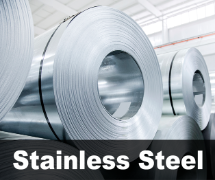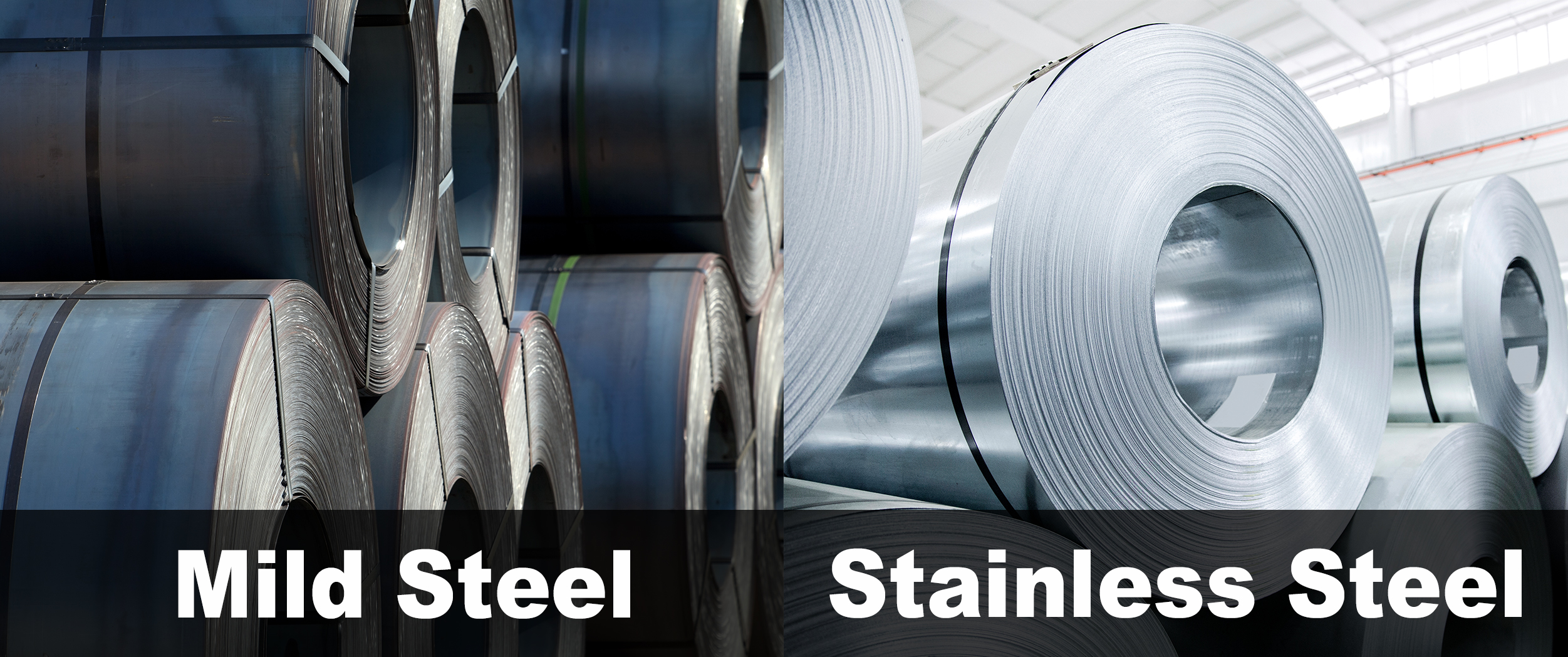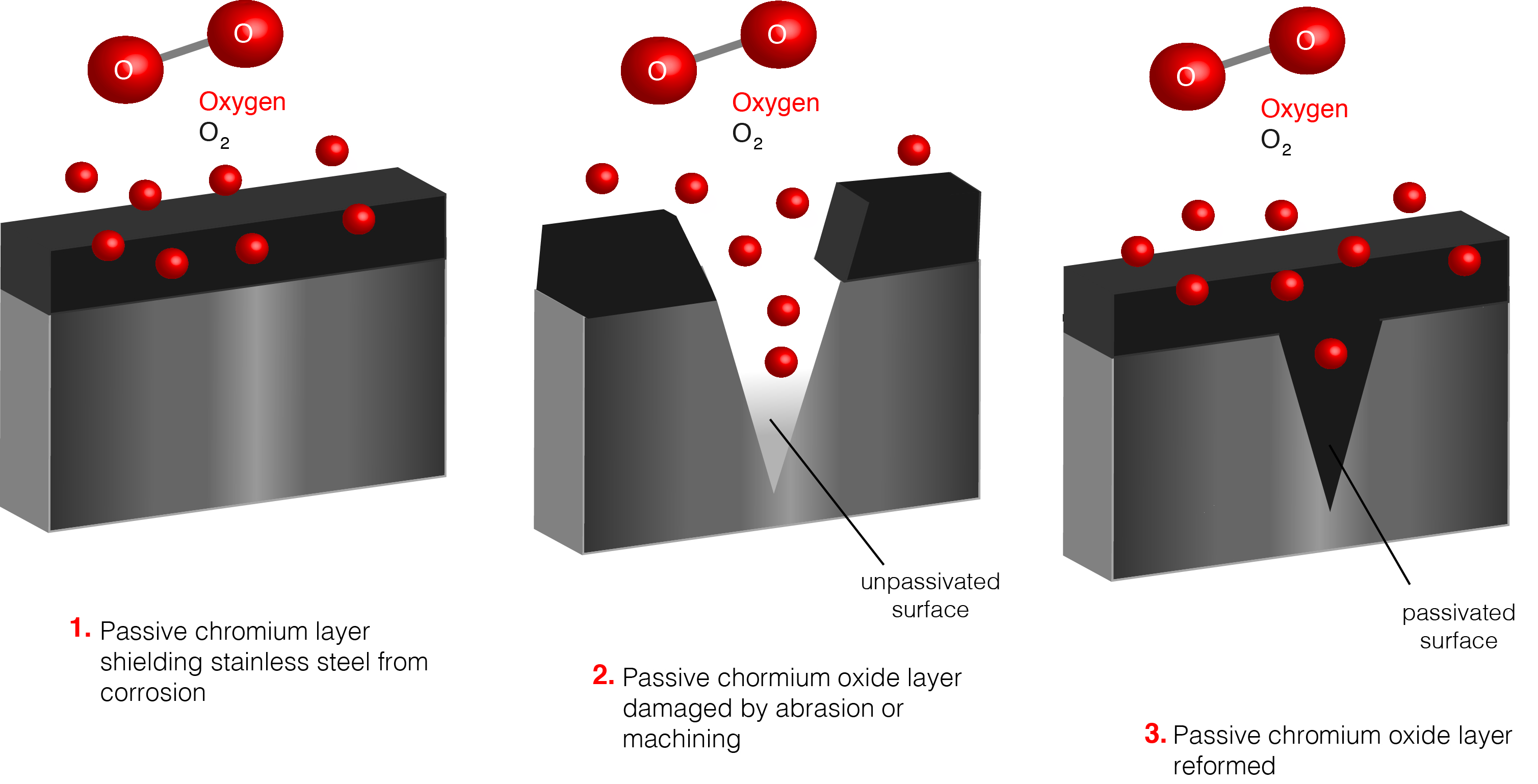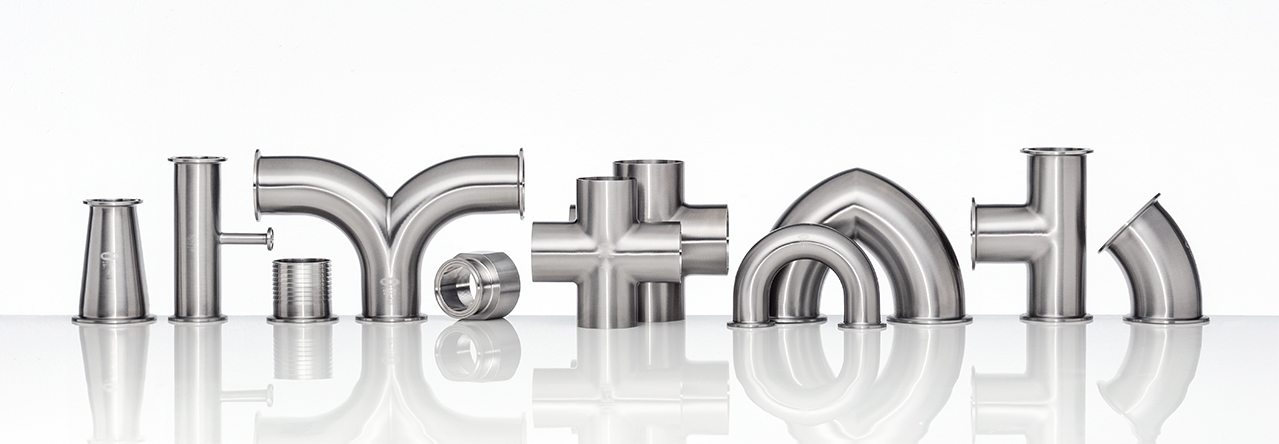

Stainless Steel is an attractive material that is well known for corrosion resistance, being easily cleanable and having low maintenance. However, why is Stainless Steel an ideal material for many applications instead of other materials such as Mild Steel? The easiest way to understand this is to recognize the differences in the chemical properties between Stainless Steel and Mild Steel. Mild Steel is made up of more than 98% Iron (Fe) and must be painted or galvanized to prevent moisture in the air reacting with the iron to produce iron oxide (otherwise known as rust). Whereas Stainless Steel does not rust easily and does not require paint or galvanization like Mild Steel because of the amount of Chromium (Cr) present preventing the Iron (Fe) content from oxidizing. When more than 10.5% Chromium content is combined with a ferrous metal, it produces an invisible chromium oxide surface film that is self healing known as the passive layer. Under most circumstances the passive layer will provide natural corrosion resistance unless the surface is damaged or compromised. When Stainless Steel is machined or subject to abrasion the passive layer will reform within 24 hours as long as oxygen is present (even when submersed in water).

However, there is sometimes a misnomer that Stainless Steel is a “Stain-Proof” material. This is false – Stainless will stain! It is important to understand that there are many circumstances which can trigger active corrosion such as severe conditions and contamination. The most common sources of contamination are chlorides, carbon steel and carbon.
The next article will expand on this topic and provide more detail on some of the common grades of Stainless Steel. It will also give an overview of why 300-series workhorses such as T304 and T316 are the most popular grades.
To learn more click here.
The information contained within this article is provided as general industry information and should not be relied upon to make definitive calculations or decisions for process engineering related projects. Users should always consult a materials specialist, engineer or industry expert.

